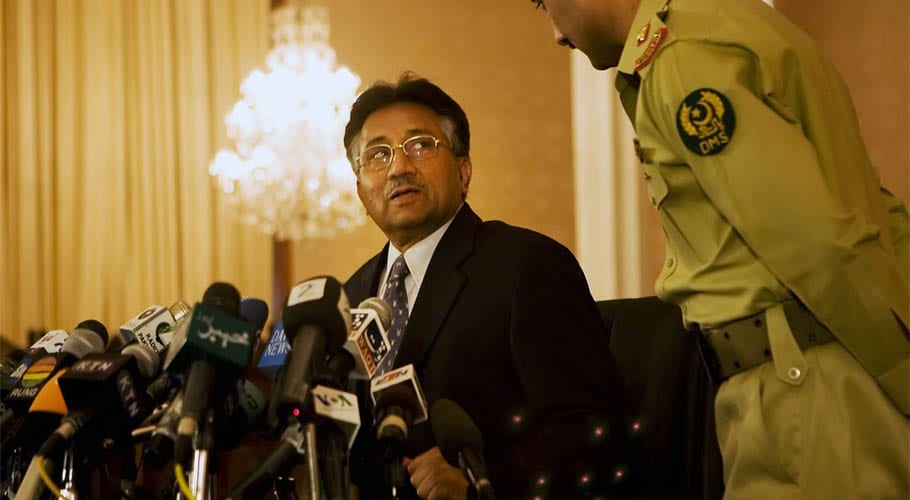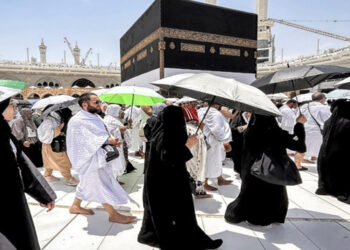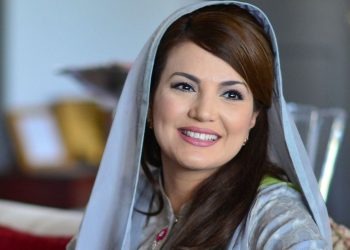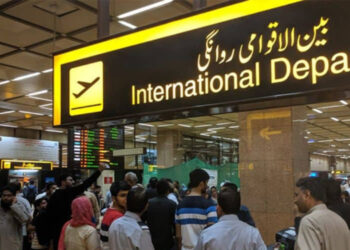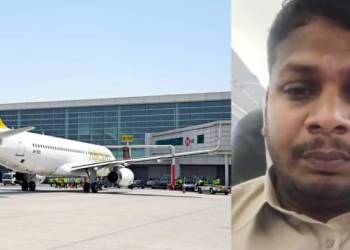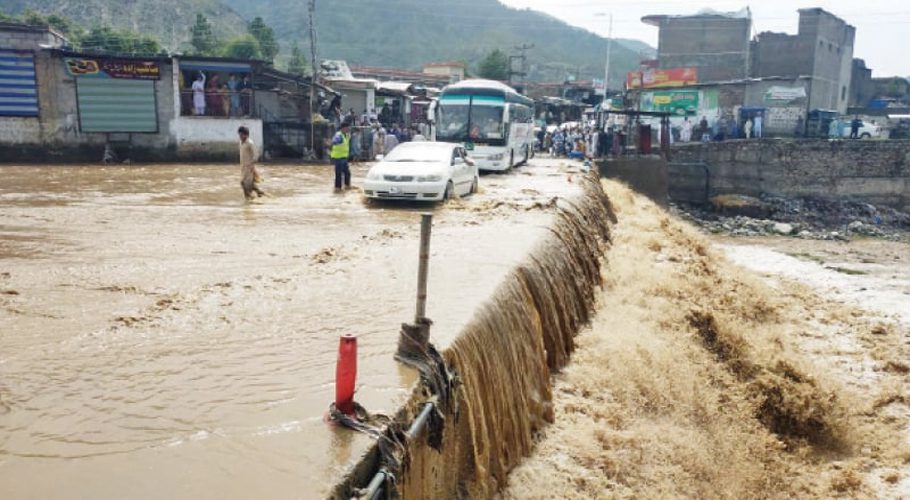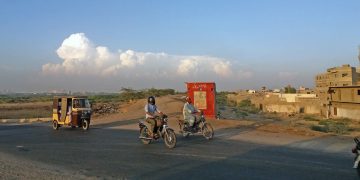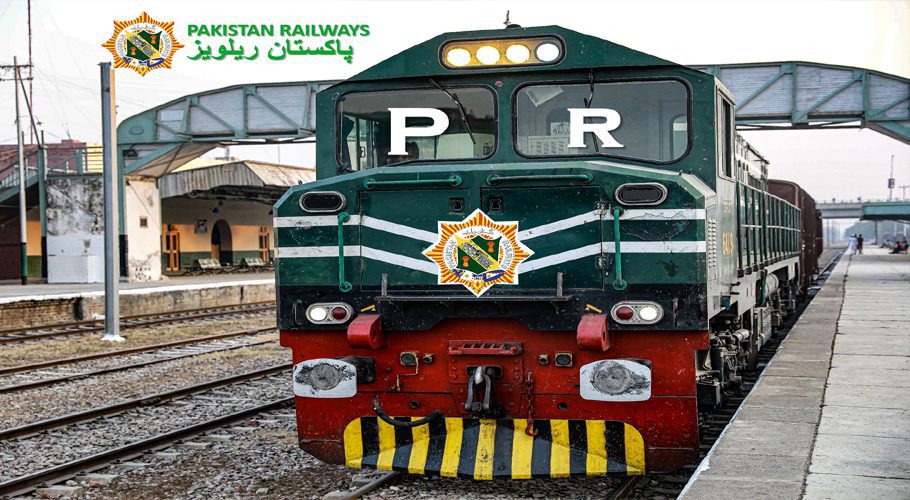The tenth President of Pakistan – Pervez Musharraf – is a retired four-star general of the Pakistan Army. He served as the thirteenth Chief of the Army Staff, as well as the tenth Chairman of the Joint Chiefs of Staff Committee.
Pervez Musharraf was born on 11th August 1943 in Delhi, India. His several ancestors were government officials during the British rule over the sub-continent.
Pervez Musharraf took over the administration of the country in a military coup in October 1999. He headed the administrative military government in Pakistan from October 1999 to August 2008.
Let’s take an in-depth review of the tenure of General Pervez Musharraf.
Former PM Nawaz Sharif & Pervez Musharraf
Former Prime Minister Nawaz Sharif appointed Pervez Musharraf head of the armed forces in October 1998. General Pervez Musharraf is believed to be the main strategist behind the Kargil plan, which was launched in March 1999.
However as the international pressure intensified, Nawaz Sharif withdrew support to the insurgents in Kargil conflict and later ordered the troops to pull back to Pakistani-controlled territory, a move that angered the military. The causalities in Pakistan were heavy. This greatly provoked the army and rumors of a possible coup began circulating.
On October 12, 1999, former PM Nawaz Sharif dismissed Pervez Musharraf, while he was out of the country. Nawaz Sharif tried to prevent the plane carrying Musharraf home from landing at the Karachi airport.
In this regard, the Army seized the control tower in Karachi Airport, allowing the plane to land and stating the coup.
Two days later on 14th October 1999, Musharraf declared a state of emergency in Pakistan issuing a Provisional Constitution Order
In early 2001 he assumed the presidency and later attempted to negotiate an agreement with India over the Kashmir region.
America and Pakistan
Following the September 11 attacks in 2001 in the United States and the subsequent US invasion of Afghanistan later that year, the U.S. government cultivated close ties with Musharraf. The Bush government provided Pakistan with military and economic assistance.
The Taliban and al-Qaeda were in the midst of a major terrorist campaign against the Musharraf regime in 2005. The pressure from the Bush administration to curb the insurgencies was also increased on Musharraf, as the US began firing unnamed drones at Taliban and al-Qaeda targets in Pakistan and carry out cross border incursions.
The Pakistani people opposed to the country’s involvement in the war on terror. In this regard, the Red Mosque (Lal Masjid) incident happened.
Violations of the Constitution of Pakistan
As Army Chief, General (retd) Pervez Musharraf was bound to work under the Prime Minister, but by going against the decision to remove him, he violated the Constitution.
Then in November 2007, General Musharraf suspended the constitution and imposed emergency rule – a move which sparked protests.
In this regard, Article 6 Section one said, “Any person who abrogates or subverts or suspends or holds in abeyance, or attempts or conspires to abrogate or subvert or suspend or hold in abeyance, the Constitution by use of force or show of force or by any other unconstitutional means shall be guilty of high treason.”
The second clause adds that any person aiding, abetting, or collaborating in the acts will also be considered guilty of high treason.
Clause 2A says that an act of high treason cannot be validated by any court, including the Supreme Court and a High Court.
The last clause directs the Parliament to provide “for the punishment of persons found guilty of high treason.”
Unconstitutional and controversial decisions
Musharraf’s unconstitutional and controversial decisions include
-
Amendment of the Hudood Ordinance,
-
Military operation on the Red Mosque,
-
The assassination of Nawab Akbar Bugti,
-
Detention of Abdul Qadeer Khan
-
Extradition of hundreds of Pakistanis, including Aafia Siddiqui, to the United States.







